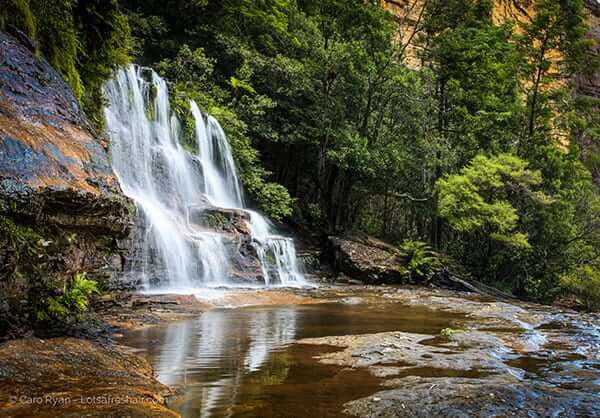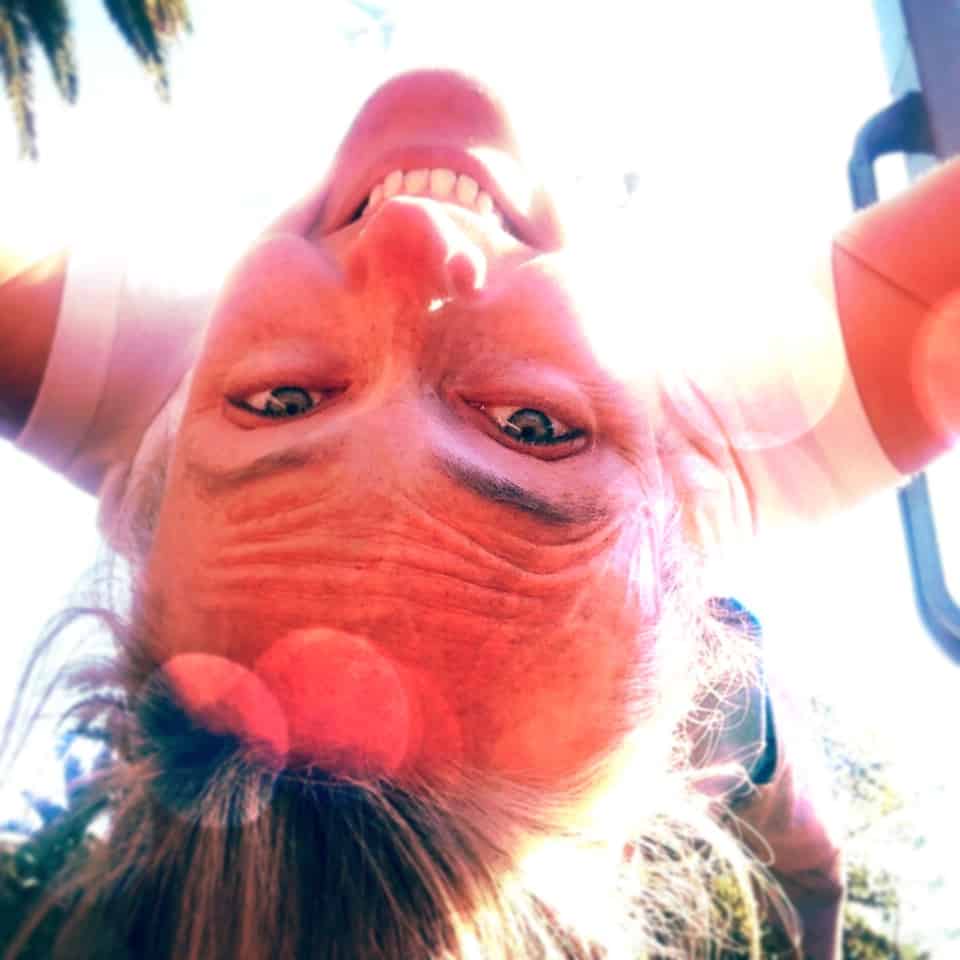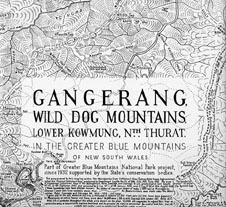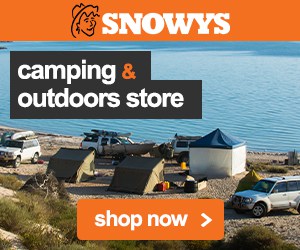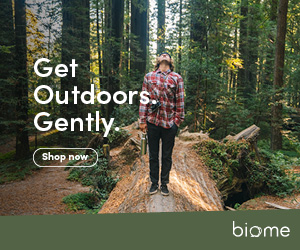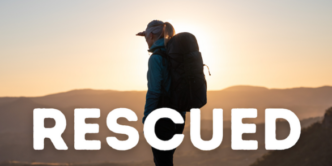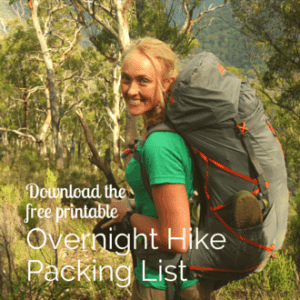It feels like every week there’s another news article about beautiful places becoming overrun with crowds seeking out their own moment of insta-paradise.
This week, I’ve seen stories about record numbers visiting NSW National Parks, Roys Peak in New Zealand and Hyams Beach on the NSW South Coast. These are the latest locations that have succumbed to the popularity of wonder, created through social media and follows close on the heels of Wedding Cake Rock in the Royal National Park and its close cousin, Figure 8 Pools.
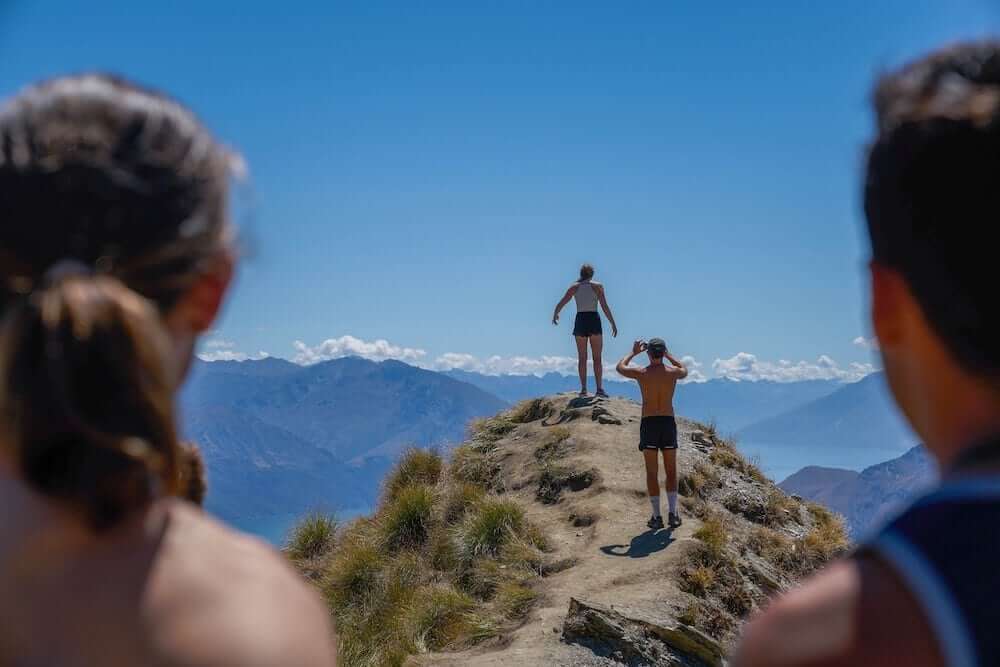
With hundreds and thousands of people now trying to re-live someone else’s moment in time, I can’t help but wonder if they’re disappointed to find that their hoped for moment of #bliss has been replaced with a sense of box-ticking and a notch in the Insta-bedhead when reality fails to live up to the fantasy.
As an image maker, story teller and (shudder) influencer, the problem Land Managers like National Parks or councils face in dealing with environmental and safety impacts from visitors are at the forefront of my mind.
It’s a conundrum and fine balance between sharing images that inspire people to get outside and connect with nature in meaningful ways, experiencing the benefits to their physical and mental health, whilst not wanting to drive the problems that are occurring due to social media.
What changed?
The past ten years have seen dramatic changes in technology and the democratisation of image making. It’s now available to everyone, instantly, in their hand and has propelled traditional viewers and audiences into becoming creators and storytellers.
Back in the day when photography was corralled within the hands of professionals and we viewed photos in magazines, posters and postcards, there was an other-wordly, out-of-reach sense to these places laid bare for us. Landscapes, like those created by Ansel Adams of the Sierra Nevadas and Yosemite in the 1950s and 60s were as ethereal and unreachable as our thoughts of owning a camera or being able to visit these magical places.
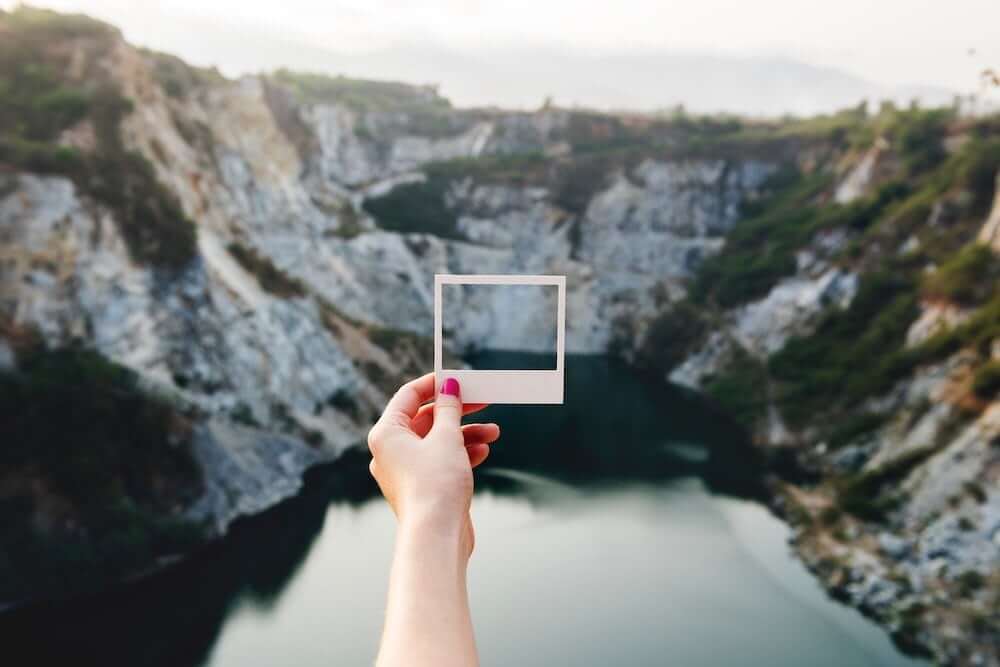
For the moving image, Hollywood was where dreams came true and fantasy lives of glamourous stars were forever out of reach. What we saw on the screen was never something we could aspire to – we pressed pause on reality and kept our distance from the big screen, sitting quietly in the darkened stalls, letting someone elses fantasy play out. We knew our place as observers, eavesdroppers and audience.
We were captivated by the mystery of technology, the ‘how did they do that?’, blended with the glamour of the people we saw on the screen. We wanted to believe these stories and incredible locations were real and that these people were living a life that was better than our nine to five grind in urban jungles.
There is a concept in cinema called The Fourth Wall. It’s where the actors breakaway from the story unfolding on screen and interact with the audience. It’s the moment in Deadpool where we remember that Ferris Bueller spoke directly to us like that in the 80s and Wayne’s World did it in the 90’s, just maybe not as good. But it was Woody Allen’s ‘Purple Rose of Cairo’, where Jeff Daniels steps through the screen to whisk Mia Farrow away from her sad and lonely life that touches on the heart of why Insta-worthy destinations are driving tourist visitation.
The disappearance of financial and physical barriers to travel and a culture that tells us we can have it all, that we’re powerful enough to write our own story, means that people believe they’re not only able to step through the fourth wall and experience the fantasy world created by the captured image, but dammit, it’s their right.
The control on image making is no longer held by the rich, the talented or the lucky and offered as visual dream-fodder for the masses, we are now our own image gods and control how others see us.
As we see a captivating image of a sunrise from a mountain top, a pristine waterfall tumble over an escarpment and a lone hiker wistfully gazing across their domain (#bliss) we are thrown back into audience mode, left wondering what that must feel like, channeling ourselves into that location.
And now, thanks to technology and culture, we don’t have to just visualise and fantasize, we can realise.
We can go and stand in that same spot, frame up the same way, push it through Lightroom or Photoshop or apply a filter, and posting our digital graffiti can proclaim, ‘I am a god. I control my destiny. I’ve crossed over. I live my dream life that is better than the one I left behind. I am.’
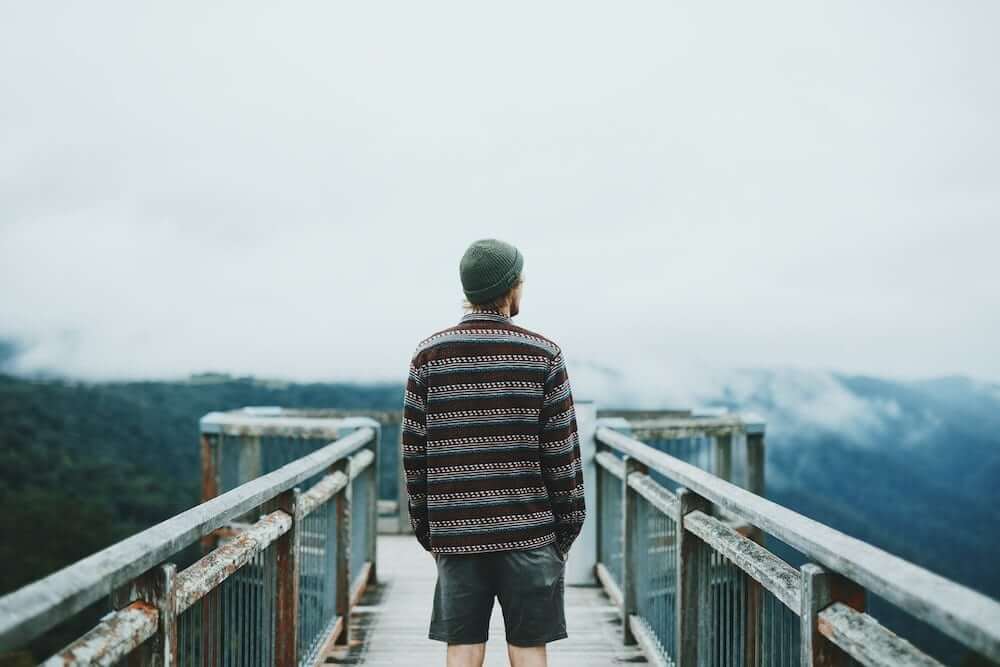
But if this is all there is, if this is what drives the crowds to line up at Roy’s Peak or to hike precariously through the Royal National Park unprepared and in thongs, then we’re missing a point about the power of our true selves and our minds.
The power of wonder, discovery and exploration. The power of understanding and learning, the power of disappointment and failure. The power of waiting, the power of being still. The power of effort and the power of a reward that only you may ever know about.
To walk a known path, to recreate someone else’s vision of a moment in time, is an easy path to walk.
What can we do about it?
The truth is we are all influencers. And although many may think that because their following or social circle is small and therefore Stan Lee’s adage, ‘With great power comes great responsibility,’ doesn’t refer to them, my message is don’t wait for the great power, before we show great responsibility.
Our wild places are not a Hollywood set or created in CG. We can’t call in the Props or the Greens Department when the trees and plants have been trampled by a thousand extras or radio the Safety and Stunts team to protect us from cliff edges, it’s up to us to protect these places and ourselves.
It’s up to us to #shareresponsibly and share the bigger story of why. Why it’s important to spend time in nature and how we can keep ourselves and these precious places safe.
With the announcement, from the NSW Premier Gladys Berejiklian, of a 60% increase in visitation to NSW National Parks in the last few years, we must do something.
There is a long road ahead for land managers and tourism bodies. A road of research, planning, funding and action and an even longer road ahead for social change and personal responsibility.
Although it’s a small flag to raise, #Nogeotag is one I’ve started flying. Whilst still including the general region, district, managed track or National Park, it indicates that I won’t be sharing exactly where an image was taken unless it has the infrastructure and government funding to manage it properly.
My intent of sharing images is not so people can come and recreate my moment in time, but to inspire and encourage people to learn, explore, discover and create their own.

